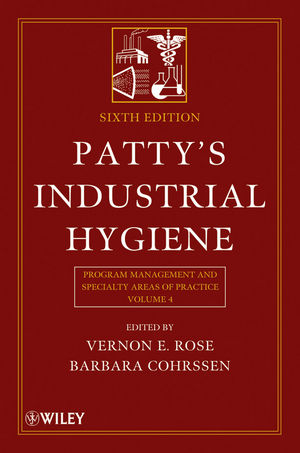Environment, health and safety (EHS) programs are a cornerstone of business for any manufacturer as they seek to maintain compliance, mitigate environmental impacts, improve worker health and safety, and ultimately save lives. Best Practices on EHS management also show us that EHS also plays an enormous role in achieving overall Operational Excellence and end-to-end sustainability.
However, while EHS management approaches have undergone a significant transformation in the last 15 years, signs show us that we are on the cusp of another significant transformation. Between mobility, cloud, Big Data, wearable technology, and other emerging technological trends, the game is changing. LNS Research has been evaluating contemporary approaches to aligning people, processes and technologies to help business make informed decisions when it comes to improving EHS performance, thereby boosting profitability, improving operational risk management, and achieving operational excellence and overall sustainability.
Beyond Compliance – Cost of QHSE
Beyond regulatory compliance, there are compelling reasons for companies to adopt best practices in QHSE. Occupational injuries and illnesses cost businesses across all sectors approximately $170 billion annually. In 2015 there were 7.2 million work days lost from occupational injuries/illness and 4,821 workers killed on the job[i]. When a worker is out due to injury or illness, their benefits have to be covered as typically do those of their temporary replacement.
The Case for Improved QHSE Management
There is a significant amount of data available supporting the financial investment in employee health and safety programs. For example, OSHA's Office of Regulatory Analysis has stated: “…our evidence suggests that companies that implement effective safety and health can expect reductions of 20% or greater in their injury and illness rates and a return of $4 to $6 for every $1 invested.” This view is corroborated by other sources including industry surveys.[ii]
The primary benefits of such investments can be summarized into three categories: cost avoidance, productivity savings, and improved competitiveness:
Cost Avoidance / Operational and Regulatory Risk Reduction
Proactive safety management reduces risk of incidents that could result in statutory fines, lost work time, criminal and civil liability
Employers paid $51.1 billion in 2010 for direct workers comp costs for the most disabling workplace injuries and illness[iii]
Each prevented lost-time injury or illness saves $37,000 and each avoided occupational fatality saves $1,390,000[iv]
Implementation of comprehensive safety programs can result in significant reductions in workers’ compensation insurance premiums
Automated workflows and advanced reporting mechanisms drive improvements in the amount of time and number of resources required to record, track and report events as well as resources and time required for mandatory periodic reporting
The ability to analyze company and industry benchmark data helps identify improvement opportunities
Increasing number of businesses find themselves responding to RFP’s requesting health and safety history and mandating that chosen contractors provide QHSE reporting as a condition of their contract. Those who do not have one, or do not have efficient systems, are at a competitive disadvantage to those who do in winning these contracts. In addition, those with poor safety records have higher workman’s compensation and general liability insurance premiums, which also puts them at a competitive disadvantage when bidding. For larger companies, investors are increasingly using workplace safety and health measures to screen out underperforming stocks and are showing stronger returns for doing so.





